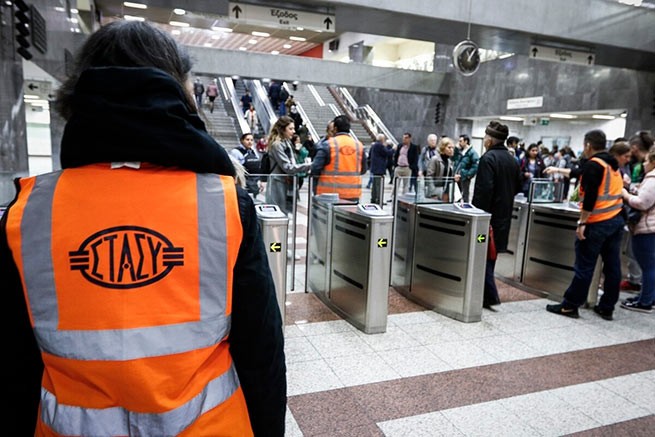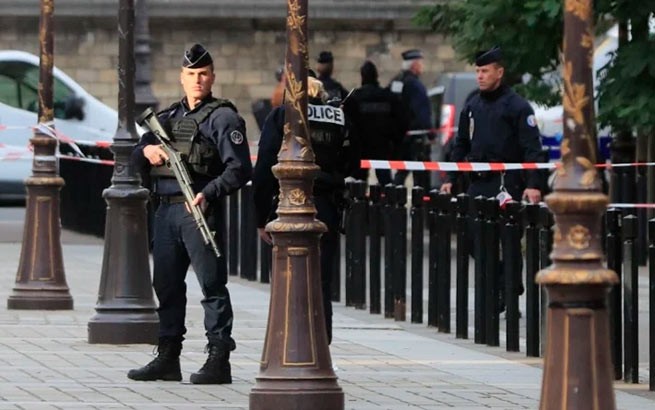The National Action Plan and pilot projects aimed at addressing the impact of climate change on cultural heritage and the long-term sustainability of cultural sites of tourism and economic importance were presented at a press conference on 4 June by the Minister of Culture and Sports of Greece, Lina Mendoni.
Among others, the overall program includes rockfall protection projects in Delphi, flood protection works at the archaeological site of Dion and the Minoan palaces of Crete (Festus and Malia), fire protection projects at the archaeological site of Philippa and Mystra, installation of a monitoring and registration system climate change in the microenvironment of monuments and planning a national strategy for adaptation and protection. The Ministry of Culture and Sports announces the participation of the above projects in financing the Reconstruction Fund with a budget of 23 million euros.
“There are no problems in our archaeological sites and museums, but we must anticipate any surprises and be prepared for them,” the minister said, adding that there are increasing trends in the intensity and frequency of extreme weather events that will become critical by 2040-2050. …
Based on this data, five-year targets will be set during the stages of the national action plan, the first of which will last until 2025 and include, in particular: the creation of a list of climatic vulnerability sites (with a focus on monuments and archaeological sites) and a digital repository in relation to the archaeological cadastre. compilation of a national catalog of cultural property at risk of climate risk, gradual preparation and implementation of at least twelve plans to adapt an equal number of archaeological sites and monuments to the impact of climate change (e.g. Acropolis, Mycenae, Delphi, Dion, Olympia, Delos), as well as energy modernization more than thirteen museums of the ministry (for example, in Delphi, Olympia, Patras, Heraklion, Ioannina, Thebes, etc.).
The national plan was prepared with the help of an interdisciplinary working group chaired by Konstantinos Kartalis, professor of environment at the University of Athens. At the press conference, Mr. Kartalis presented the findings of the study, which recorded the views on climate change related to the services of the Ministry of Culture and especially the Eforat of Antiquities. According to most eporats, five of them pose the most serious hazards to areas where archaeological sites or monuments are located: extreme weather events, desertification leading to land degradation, increased forest fires, sea level rise and, finally, heat waves from which mostly employees and visitors are affected.
When asked whether the effects of climate change should be taken into account when distinguishing between monuments and archaeological sites, most ehorats answered “probably yes” to “definitely”. According to Mr. Kartalis, this is a discussion that is now taking place in the European Union, because, as he stressed, “a new danger is emerging. And this new danger is a slow danger. It develops slowly, it does not have the characteristics of a pandemic, it is a delayed pandemic. ”
Finally, most of the survey participants answered that they did not know the methodologies and measures for adapting to climate change, so the action plan includes a chapter on the necessary training for employees of the Ministry of Culture.






More Stories
The Olympic flame will arrive in Athens on Saturday. Which roads will be blocked?
A participant in the Olympic Truce Road race has died
Metropolitan Seraphim spoke out against celebrating Easter together with Catholics